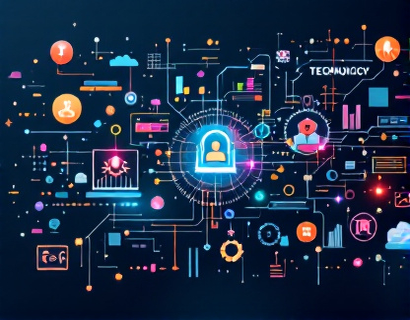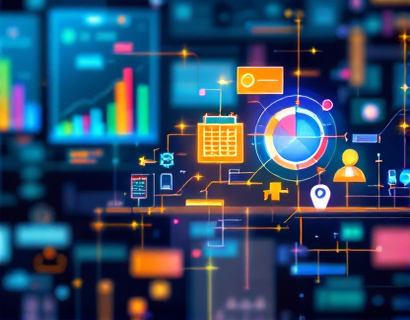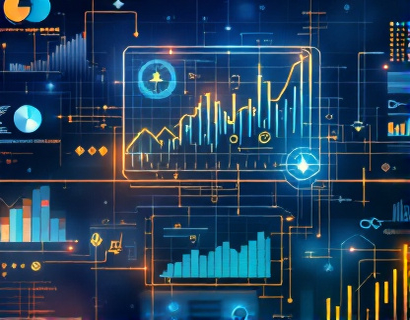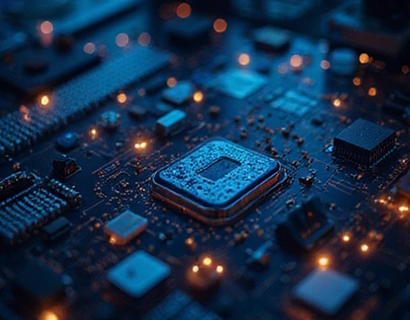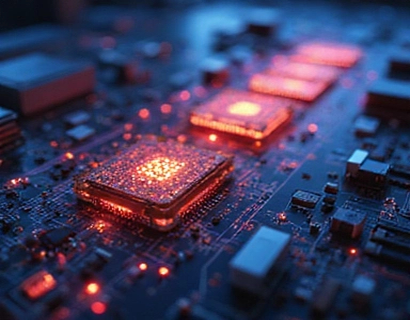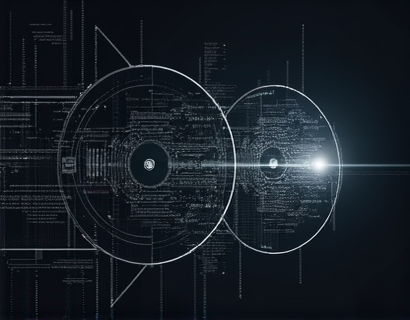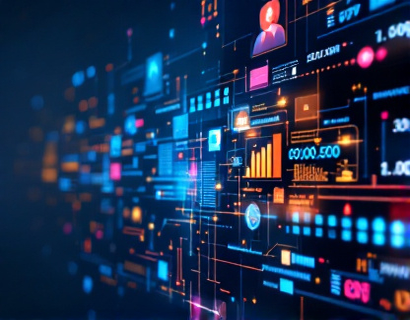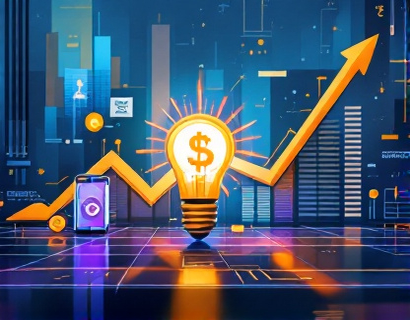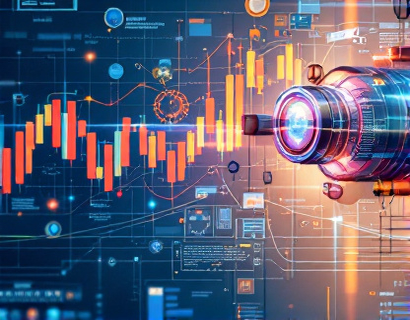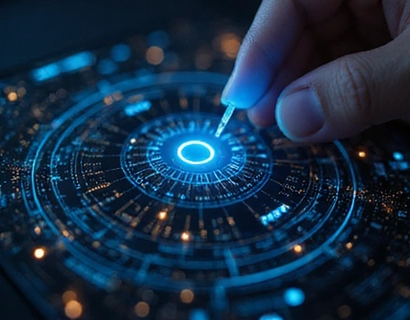Decentralized Transformation: Harnessing AI and Crypto for Next-Gen Digital Solutions
The intersection of cryptocurrency and artificial intelligence (AI) is giving rise to a new era of digital innovation, characterized by decentralized applications and AI-driven services that are redefining user experiences and engagement. This transformation is not just a technological shift but a fundamental change in how we interact with digital platforms and services. For tech enthusiasts, early adopters, and digital innovators, understanding this convergence is crucial to grasping the future of digital solutions.
The emergence of decentralized applications, or dApps, marks a significant departure from traditional centralized models. These applications run on blockchain networks, which are inherently decentralized, meaning no single entity has control over the entire system. This decentralization brings numerous benefits, including enhanced security, transparency, and resilience against censorship. By leveraging blockchain technology, dApps can ensure that data and transactions are immutable and verifiable, fostering trust among users.
One of the key drivers behind the rise of dApps is the integration of AI. AI technologies, such as machine learning and natural language processing, are being harnessed to create smarter, more intuitive, and user-friendly dApps. For instance, AI can enhance user experience by personalizing content and recommendations based on individual preferences and behaviors. In decentralized finance (DeFi), AI algorithms can optimize trading strategies, manage risks, and automate complex financial operations, all while operating on a decentralized network.
The synergy between AI and blockchain extends beyond just enhancing existing services. It is also enabling the creation of entirely new types of applications. For example, AI-powered oracles can bridge the gap between on-chain and off-chain data, providing accurate and trustworthy information to smart contracts. These oracles ensure that smart contracts can interact with real-world data, making them more functional and versatile. This capability is particularly valuable in areas like supply chain management, where real-time data is crucial for efficient operations.
Another area where AI and blockchain are making waves is in identity verification and management. Traditional identity systems are often centralized and vulnerable to breaches and misuse. Decentralized identity solutions, powered by blockchain and AI, offer a more secure and user-controlled approach. Users can create and manage their digital identities, choosing what information to share and with whom. AI can enhance this process by verifying identities through biometric data and behavioral patterns, reducing the risk of fraud and enhancing security.
The combination of AI and blockchain is also transforming the realm of data privacy. In a decentralized ecosystem, users have greater control over their data, and AI can help manage and protect this data more effectively. Privacy-preserving techniques, such as homomorphic encryption and zero-knowledge proofs, allow data to be processed and analyzed without revealing sensitive information. AI algorithms can further enhance these techniques by optimizing data usage and ensuring compliance with privacy regulations.
Beyond individual applications, the convergence of AI and blockchain is fostering a new ecosystem of decentralized platforms and marketplaces. These platforms enable developers to build, deploy, and monetize dApps without the need for intermediaries. Smart contracts automate transactions and ensure fair distribution of rewards, creating a more equitable and efficient system. AI can enhance these platforms by providing insights and analytics, helping developers optimize their applications and better understand user needs.
The impact of this decentralized transformation extends to various industries, from healthcare to gaming. In healthcare, AI-driven dApps can analyze medical data to provide personalized treatment recommendations, while blockchain ensures secure and transparent storage and sharing of patient records. In gaming, blockchain-based platforms can offer true ownership of in-game assets through non-fungible tokens (NFTs), and AI can create more immersive and dynamic game experiences by adapting to player behavior and preferences.
However, the journey towards a fully decentralized and AI-enhanced digital landscape is not without challenges. One of the primary hurdles is scalability. Blockchain networks, particularly those using proof-of-work consensus mechanisms, can struggle with high transaction volumes and slow processing times. Research into more efficient consensus algorithms and layer 2 solutions is ongoing to address these issues. Additionally, the integration of AI requires significant computational resources, which can be a barrier for smaller developers and organizations.
Regulatory challenges also play a crucial role in the adoption of decentralized technologies. Governments and regulatory bodies are still grappling with how to oversee and govern decentralized systems, especially those involving cryptocurrency. Clear and supportive regulations can help foster innovation and adoption, while overly restrictive measures could stifle growth. It is essential for stakeholders to engage in constructive dialogue to create a balanced regulatory framework that promotes innovation while protecting consumers.
Another challenge is the user experience. Decentralized applications and AI-driven services often require a certain level of technical knowledge to use effectively. To broaden adoption, there is a need for user-friendly interfaces and intuitive designs that make these technologies accessible to a wider audience. Education and community support are vital in helping users navigate and benefit from these advanced digital solutions.
Despite these challenges, the potential benefits of a decentralized and AI-enhanced digital ecosystem are immense. Enhanced security, transparency, and user control are just the beginning. The ability to create truly decentralized and autonomous systems has the potential to democratize access to technology and empower individuals in ways that were previously unimaginable. As the technology matures and more solutions are developed, we can expect to see even more innovative applications across various sectors.
In conclusion, the merging of AI and cryptocurrency is paving the way for a new generation of digital solutions that are more secure, transparent, and user-centric. Decentralized applications and AI-driven services are not just incremental improvements but fundamental transformations that are reshaping the digital landscape. For those interested in the future of technology, understanding and embracing this convergence is essential to stay ahead of the curve and contribute to the ongoing revolution in digital innovation.








